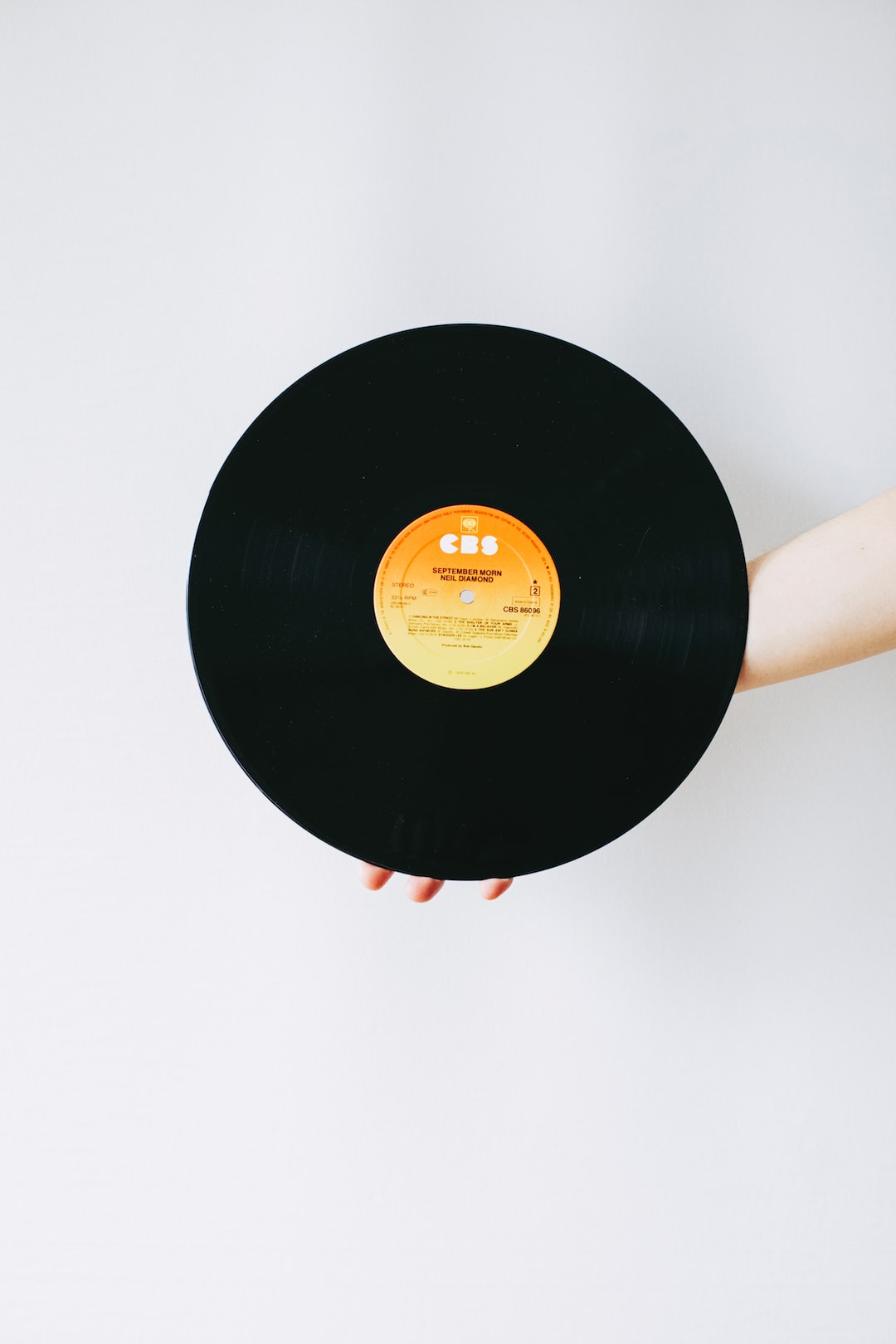Exploring the Intricacies of Costume Design in Movies
Costume design is a crucial aspect of filmmaking that often goes unnoticed. From historical dramas to science fiction blockbusters, costumes play a vital role in bringing characters and stories to life on the big screen. In this blog post, we will delve into the intricacies of costume design in movies and explore the meticulous process behind creating visually stunning and character-defining outfits.
One of the primary goals of costume design is to enhance the narrative and aid in the development of characters. Through clothing choices, a costume designer can convey important information about a character’s personality, background, and even their journey throughout the film. For example, in the iconic film “Gone with the Wind,” costume designer Walter Plunkett used Scarlett O’Hara’s dresses to reflect her growth from a young southern belle to a strong-willed woman surviving the Civil War. The transformation is not only evident in the time period-specific outfits but also in the color choices and silhouettes, which subtly communicate Scarlett’s evolution.
Research is a critical component of costume design as it allows the designer to accurately depict the time period or setting of the film. By studying historical fashion trends or the culture of a particular era, designers can create costumes that are authentic and visually captivating. This attention to detail can transport audiences into the world of the film and make the characters more believable. In the movie “Marie Antoinette,” costume designer Milena Canonero meticulously researched the fashion of the 18th century and recreated extravagant gowns adorned with intricate embroidery and embellishments. The costumes not only showcased the opulence of the period but also helped establish the character’s status and societal role.
Costume designers also collaborate closely with the director and other members of the production team to ensure that the costumes align with the overall visual style and tone of the film. This involves considering the color palette, the use of fabrics, and the level of detailing. In the film “The Grand Budapest Hotel,” costume designer Milena Canonero worked closely with director Wes Anderson to create costumes that embodied the whimsical and nostalgic atmosphere of the film. The result was a vibrant and visually striking ensemble that perfectly complemented Anderson’s distinct visual style.
The process of creating custom-made costumes can be a time-consuming and intricate task. Costume designers work hand in hand with skilled artisans, such as tailors, seamstresses, and embroiderers, to bring their designs to life. Each garment is carefully crafted and tailored to fit the actor’s body and fulfill the specific requirements of the script. From designing patterns to selecting fabrics, every detail is meticulously planned and executed to ensure that the costumes not only look visually appealing but are also functional and comfortable for the actors to wear during filming.
In addition to creating costumes from scratch, costume designers also utilize existing garments and accessories to enhance the authenticity of the film. Vintage stores, rental houses, and even personal collections are valuable resources that allow designers to find unique and iconic pieces. For example, in the movie “The Great Gatsby,” costume designer Catherine Martin incorporated vintage dresses, hats, and jewelry from the 1920s to capture the essence of the era. By combining authentic pieces with custom-made designs, Martin elevated the visual impact of the costumes and transported the audience back to the roaring twenties.
Moreover, costume design extends beyond clothing to include hair, makeup, and accessories. These elements work in harmony to create a cohesive and visually stunning look for each character. Whether it’s a dramatic hairstyle, prosthetic makeup, or statement jewelry, these details contribute to the overall aesthetic of the film and help the audience understand the characters on a deeper level. In the superhero film “Black Panther,” costume designer Ruth E. Carter not only designed the iconic Black Panther suit but also created intricate tribal-inspired costumes that incorporated traditional African textiles, patterns, and jewelry. This attention to detail not only contributed to the film’s visual spectacle but also celebrated African culture and traditions.
In conclusion, costume design in movies involves much more than simply dressing the characters. It is a complex and artistic process that requires meticulous research, collaboration, and attention to detail. From historical accuracy to character development, costumes play a pivotal role in bringing stories to life. Through carefully crafted outfits, costume designers transport audiences into different worlds and help shape our perception of the characters and the film as a whole. The next time you watch a movie, take a moment to appreciate the effort and creativity behind the costumes that make the magic happen on screen.
